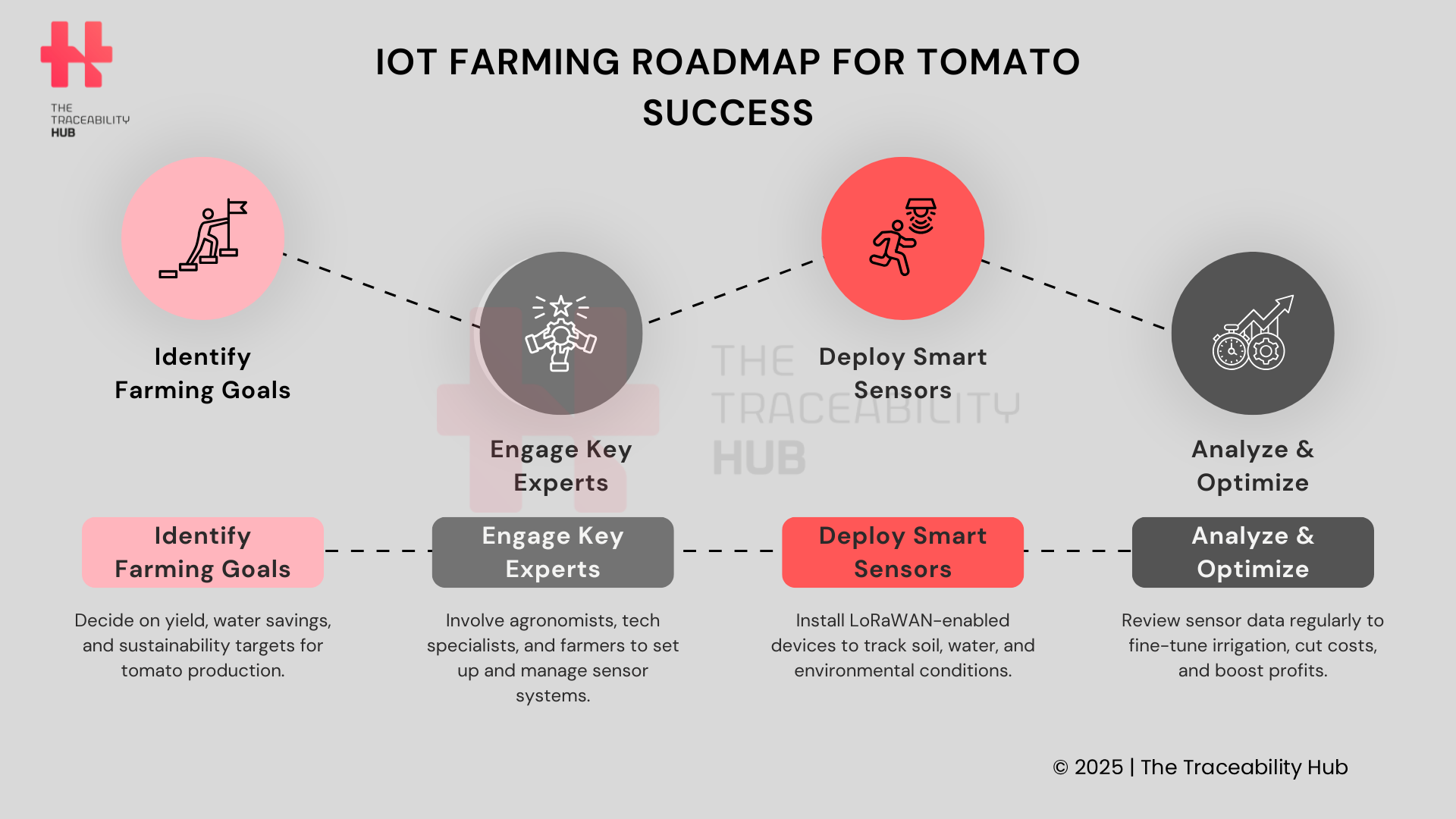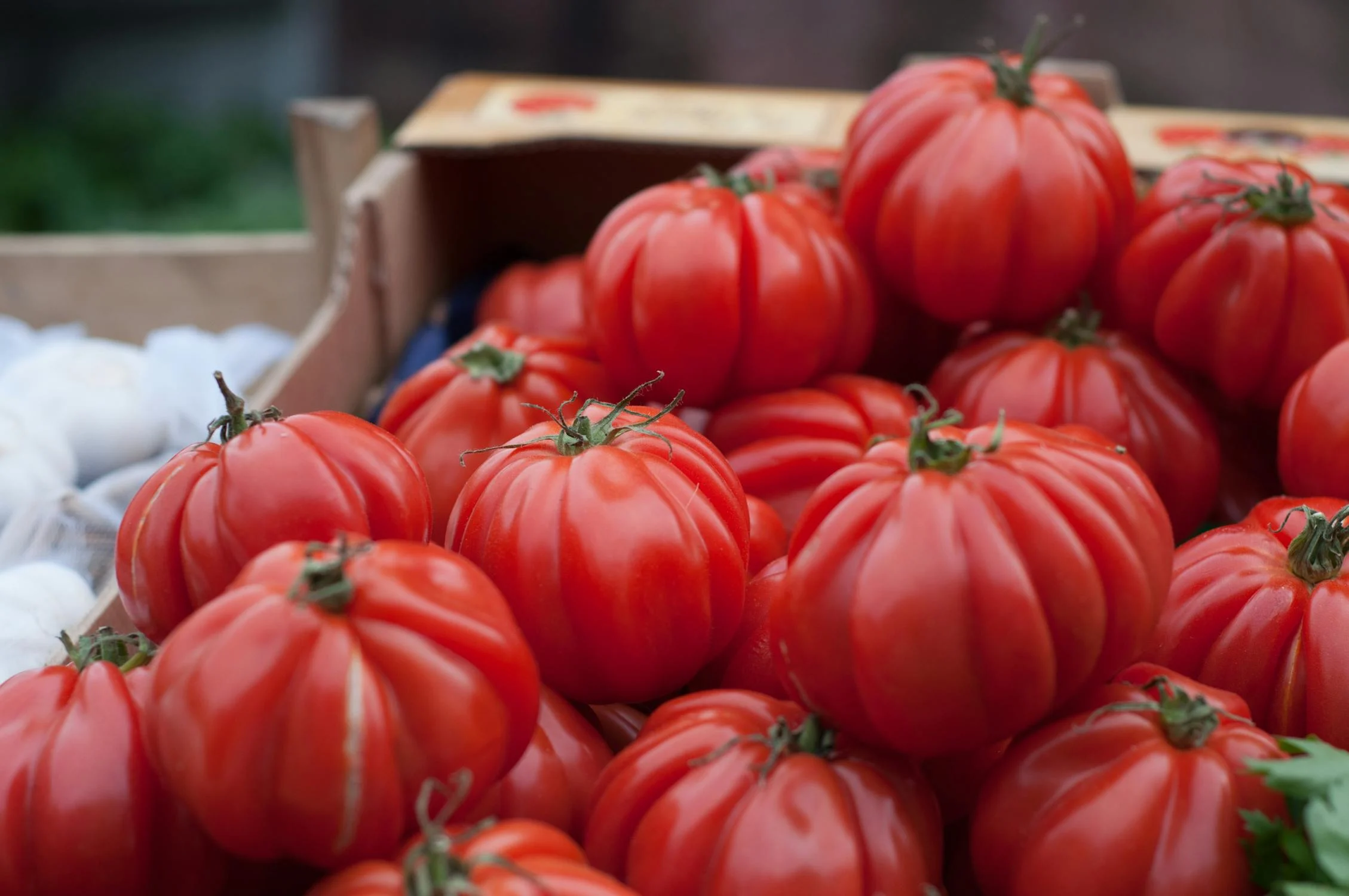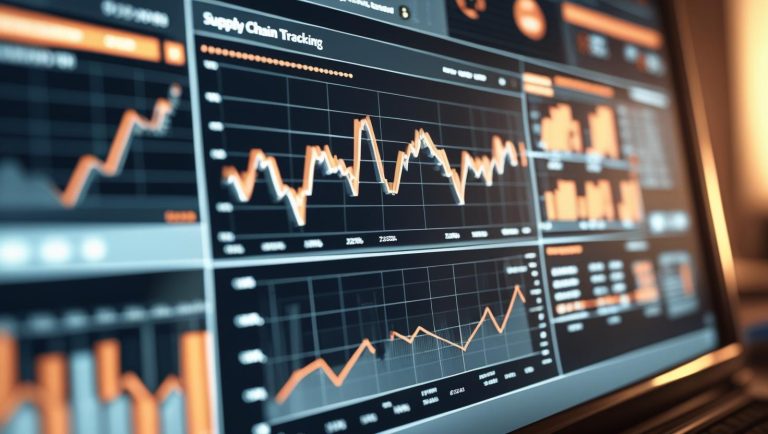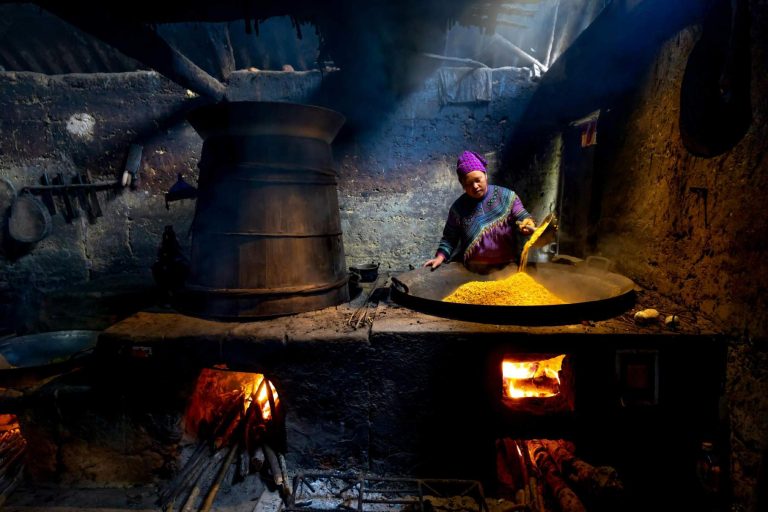Smart farming plays a crucial role as experts predict global population will hit 10 billion by 2050. This population surge demands new agricultural solutions that boost production while using fewer resources.
IoT technology has changed tomato farming. A newer study from the ‘Azienda Sperimentale Stuard’ farm in Parma, Italy, showed how IoT-based farming can optimize tomato production. The team set up LoRaWAN-enabled sensors across crop fields in summer 2023. These sensors gathered essential data about environment and irrigation patterns.
The results speak for themselves. The Irriframe cloud services, developed by Water Boards Italian Association (ANBI), now help manage over 7 million hectares of Italian irrigable land. This system saves about 120 million cubic meters of water each season. The smart farming system tested three irrigation levels – 100%, 60%, and 30% of recommended amounts. Farmers used up-to-the-minute tomato IoT monitoring data to make better decisions.
This piece explores how sensor data helps farmers monitor crops consistently. The approach leads to better yields while cutting down water and chemical usage. These simple sensors could be the secret to profitable tomato farming in Italy’s changing agricultural world.
Sensor-Driven Architecture for Smart Tomato Farming in Italy
Modern smart farming depends heavily on its technical infrastructure. LoRaWAN (Long Range Wide Area Network) technology serves as the foundation for advanced agricultural monitoring systems in Italian tomato fields. This technology provides extended communication range while using minimal power.
LoRaWAN-Enabled Sensor Network Design
Tomato farmers need a reliable way to monitor remote field conditions, and LoRaWAN fits perfectly. Technology runs on unlicensed spectrum frequencies, which lets farmers deploy it on public, private, or hybrid networks. Battery-operated sensors can work on their own for long periods, which is vital for seasonal tomato growing cycles. A LoRaWAN gateway collects data from all field sensors. The Parma experimental farm showed this in action with a Milesight UG67 outdoor gateway that ensured connection throughout the growing area.
Environmental, Soil, and Water Sensor Integration
The complete monitoring system combines several sensor types:
- Environmental sensors: These measure air temperature, humidity, solar radiation, and weather conditions
- Soil sensors: They track moisture levels, conductivity, and nutrients
- Water meters: These monitor irrigation volumes in different field areas
These sensors work together to give a full picture of crop conditions. The Parma experimental farm’s sensors send data every 10 minutes to provide immediate monitoring. This setup helps implement precise irrigation regimes (100%, 60%, and 30% of recommended levels) to review water usage efficiency.
Data Transmission via The Things Network (TTN)
TTN acts as the main platform that routes sensor data from field to cloud. It handles security, removes duplicate messages, and optimizes data rates. The data moves through configured webhooks to specialized platforms like Agriware, which the University of Parma’s IoT Lab developed. This platform confirms and stores information in relational databases and calculates significant agronomic indicators like Growing Degree Days (GDD) and Heat Units.
The system creates a smooth data flow from field sensors to useful insights. This helps growers make decisions based on exact measurements rather than guesswork.
Irrigation Optimization Using Real-Time Sensor Data
Water management in real-life tomato farming stands as one of the key parts of precision agriculture, especially when you have water-intensive crops like tomatoes. Farmers can greatly reduce resource usage and maintain or even improve yields by optimizing irrigation timing and volume.
Irriframe-Based Water Scheduling Logic
Italian tomato farming now depends more on Irriframe, a national cloud-based service from the ANBI Association. The platform gives daily irrigation recommendations based on environmental conditions, crop type, location, and irrigation system characteristics. Farmers receive exact guidance on optimal irrigation volume and duration, so they don’t have to guess about water management decisions.
The Parma farm’s experimental setup used Irriframe recommendations during the vital blooming phase. This approach merges immediate environmental data with proven agronomic models that help recommendations adapt to changing field conditions throughout the growing season.
Line-Based Irrigation Regimes: 100%, 60%, 30%
Researchers set up three different irrigation lines to review optimal water usage. Each line represented different percentages of the Irriframe recommendation:
- Line #1: 100% of recommended water volume
- Line #2: 60% of recommended water volume
- Line #3: 30% of recommended water volume
The setup allowed researchers to compare how plants responded to different water levels directly. Line #2 (60% of Irriframe recommendation) showed the best balance between water conservation and plant health. This suggests farmers could save up to 40% water without hurting tomato productivity.
Water Meter Data Collection and Analysis
Talkpool OY1310 Water Meters monitored water use precisely across all three irrigation lines. These LoRaWAN-enabled sensors sent volumetric data (cubic meters) for each crop line and created a detailed dataset stored as ‘stuard_water_meter_data.csv’.
The data collection ran from June 29 to September 13, 2023, showing seasonal water usage patterns clearly. This detailed monitoring helped researchers link water input with various plant health indicators and showed clear connections between irrigation levels and crop results. IoT tomato farming proves how smart agriculture systems can optimize resources substantially.
Agronomic Indicators Derived from Sensor Data
Raw sensor data conversion into meaningful agronomic indicators serves as a vital link between technology and real-world farming decisions in IoT tomato farming systems. These calculated values give farmers applicable information about their crops’ development and environmental conditions.
Growing Degree Days (GDD) Calculation from Air Temperature
Growing Degree Days work as a mathematical model that adds up daily heat units to predict crop growth stages. GDD gives a more accurate physiological estimate of crop development than calendar days by measuring heat buildup over time. The calculation uses a simple formula:
GDD = (Tmax + Tmin)/2 – Tbase
Tmax and Tmin represent maximum and minimum daily temperatures, which are limited by threshold values. The Agriware platform in smart farming systems does these calculations automatically and evaluates information from different data sources.
Heat Units Estimation Using Daily Max and Mean Temperatures
Smart agriculture systems today calculate Heat Units through several methods to give complete temperature-based insights. These methods combine standard degree days, daily mean temperature calculations, and Ontario units. Ontario Heat Units (OHU), a system developed in Ontario, Canada, to measure accumulated heat and predict crop maturity, especially for corn. Similar to Growing Degree Days (GDD), it uses a tailored formula with temperature thresholds specific to local crop requirements. Maximum temperature measurements with and without base temperature adjustments also offer different points of view on accumulated heat. Environmental sensor data helps perform these daily calculations that get stored in indicators.csv files for farmers to access.
Impact of Temperature Thresholds: Tbase and Tcutoff
Temperature thresholds play a crucial role in determining agronomic indicators’ accuracy. Research on tomatoes shows a base temperature (Tbase) of 10°C, and growth is nowhere near significant below this point. An upper cutoff temperature (Tcutoff) of 30°C helps predict more accurately since temperatures above this point don’t speed up growth proportionally. Notwithstanding that, threshold values can change slightly based on tomato variety and research methodology. Some studies point to cutoff temperatures between 29-32°C.
These thresholds’ experimental validation has shown impressive precision. Models that use a 10°C base and 30°C cutoff can accurately predict tomato’s physiological maturity at 1,214 accumulated degree-days after planting. This precision ended up improving the timing of irrigation, fertilization, and harvest operations in IoT-enabled tomato farming systems.
Field Results and Profitability Insights
Italian implementation trials show clear economic benefits from sensor-driven tomato farming. Smart farming technologies save resources and boost producer profits.
Water Usage Reduction Across Irrigation Lines
IoT tomato farming field experiments prove substantial water savings. Sensor-based monitoring in precision irrigation systems saved 24.3-63.8% more water than conventional methods. The Parma experimental farm found that 60% Irriframe irrigation worked best. This sweet spot between resource savings and plant health cut water use by 40% without hurting crop yields. These results match broader Italian agriculture data. IRRINET systems now save about 90 million cubic meters of water each year – equal to 20% of all agricultural water that the Emilia-Romagna region just needs.
Yield Quality vs. Water Input Trade-Off
Water input and tomato yield quality share an interesting relationship. Cutting irrigation below recommended levels affects production, but not in direct proportion to water reduction. Smart irrigation that kept soil moisture at 80-85% field capacity used 31.6-32.3% less water. The yield and quality stayed the same. Mexican greenhouse studies back this up. Their yields jumped to 254 tons/ha while using 44-60% less water.
Sensor-Driven Decision Making for Cost Efficiency
Sensor networks offer more than just water savings. Smart irrigation cut chemical nitrogen-fertilizer use by 25% and production costs by 28%. This ended up boosting profits by about 45%. Smart fertigation systems kept perfect soil moisture through precise irrigation timing. This helped develop fine roots (0-2 mm diameter) that absorbed nutrients better.
The numbers make a strong case for IoT in agriculture. Unplanned downtime costs industries over $2 million yearly, but sensors can prevent this. Smart farming systems with predictive maintenance can reduce upkeep costs by 18-25%. For tomato producers looking at long-term profits, sensor-driven systems prove to be a smart investment.
IoT Farming Roadmap for Tomato Success

The Sensor Advantage
Smart farming sensors are changing the way Italian farmers grow tomatoes. This piece shows how these simple devices are the foundation of informed agriculture that saves resources and boosts yields. Results from test runs, especially at the Parma farm, show their remarkable effects.
Farmers who combine LoRaWAN-enabled sensor networks with platforms like Irriframe create a robust system. It tracks environmental conditions, soil health, and water usage precisely. The results speak for themselves – water savings reach 40% without hurting productivity when using the optimal 60% irrigation regime.
These smart agriculture systems do more than save water. They give tomato farmers vital growing indicators like Growing Degree Days and Heat Units. Raw sensor data becomes practical information about crop growth stages. This helps farmers time their operations perfectly.
The numbers make a strong case for using sensors. Smart irrigation cuts water use and reduces chemical fertilizer needs by 25%. Production costs drop by 28%. These improvements lead to 45% higher profits – an impressive return for tomato producers.
On top of that, these systems help farmers spot potential problems early and avoid unexpected breakdowns. After setting up the system, maintenance costs drop by 18-25%. This makes the farms even more profitable in the long run.
Italian tomato farming’s future lies in this sensor-based approach. The growing global population needs more food with fewer resources. These technologies will become a necessity rather than a choice. The secret to tomato profitability is now clear – small sensors make a big difference in creating sustainable, profitable farms across Italy’s tomato fields.
Read more: Strengthening Food Value Chains: A Global Framework for Trade and Sustainability






